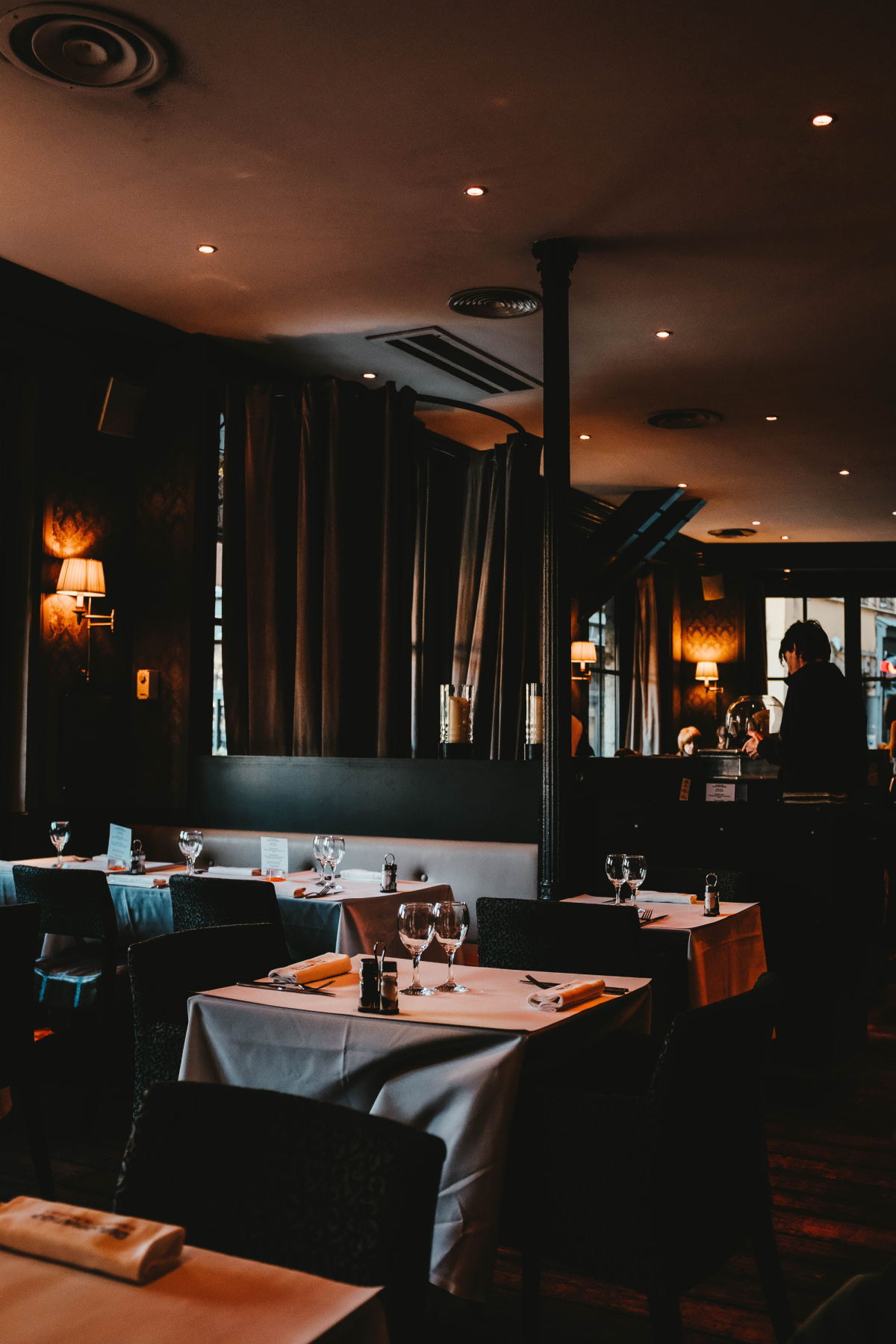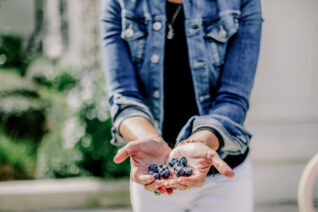This post may contain affiliate links, please read our disclosure policy.
Fine dining comes with a distinct set of guidelines that govern your conduct. Find out more about fine dining etiquette by learning what you need to do to be the perfect guest, what’s acceptable, and why.
Fine dining is a fabulous culinary experience that everyone needs to try. However, there is a code of behavior you need to know about before you take a seat at the table. You must learn a little about fine dining etiquette first.
Indulging in quality food and wine with people you love is one of life’s greatest pleasures. However, there’s a major difference between sharing a casual dinner al fresco on a wine farm or in a local bistro and enjoying a fine dining experience.
And we don’t just mean the food.
This fine dining etiquette also changes depending on where in the world you’re eating and drinking, so we’re going to stick to the more Westernized rules. But if you plan on traveling, don’t forget to do your research on the topic too. Table manners will never go out of fashion!
What Is Fine Dining?
Fine dining typically refers to a restaurant-quality experience that is more sophisticated, expensive, and refined than your regular sit-down meal. Fine dining meals often span several courses and include carefully chosen wine pairings.
Summing it up, fine dining exudes an aura of formality, evident in both the proceedings and the manner in which the food is presented. It’s no surprise, therefore, that fine dining comes with its own set of etiquette!

The menu stays on the table
In the world of fine dining, it’s considered poor manners to lift your menu up off the table completely as it creates a sense of disorder. At the very least, a corner of your menu should always touch the table.
However, to avoid breaking this rule, the best course of action is to leave the menu on the table in front of you, paging through it as you would a book. This maintains a sense of structure and allows the waiter to remove it without fuss.
Hold your wine glass from the stem
As many wine-tasting etiquette experts will tell you, the best way to hold a glass is by the stem. This ensures a solid grip and prevents spillage.
But most importantly, it stops any scent from your hand from compromising the flavor of the wine as 90% of taste relates to smell. Additionally, it hinders the formation of fingerprint smudges on the glass, maintaining a neat and tidy appearance.
Don’t sip from multiple wine glass angles
Another important piece of wining and dining etiquette is to only sip from one angle on your glass. This keeps your lips from smudging up the rim, keeping your wine glass looking clean and sparkling.
If you’re wearing lipstick or gloss, this rule is doubly important, as the rim will quickly get smudged and look untidy.
The rim of the plate stays clean
As you can gather by now, a lot of the etiquette focuses on maintaining a sense of order and formality.
When eating a meal at a fine dining table, you must aim to keep your food as central to the plate as possible—or as close to the arrangement that it came in as possible. This aids in maintaining a neat and clean appearance for your plate, while also minimizing the risk of food spillage over the plate’s edge.
Unwanted food goes on the upper-left part of the plate
If you aren’t able to finish all the food on your plate, that’s perfectly acceptable; fine dining etiquette covers that problem, too.
Gently relocate any undesired food or garnish to the upper-left corner of your plate. This is deemed the appropriate section for discarded food.
Never clink your glass against another
While this one can be hard to resist if it’s a particularly celebratory night, clinking your glass against another is considered poor fine dining etiquette. It can damage delicate glassware, especially if it’s crystal.
Of course, guests are allowed to simultaneously raise their glasses when a toast is being made.
Swirl your glass with finesse
Upon receiving a glass of wine poured by a waiter or host, it is considered good etiquette to elegantly swirl the wine. This demonstrates your appreciation for the viscosity and aromatics while indicating that you appreciate a fine wine.
If you don’t know your way around a glass of wine, it’s a good idea to do some research. Visit wine farms and go for tastings, join a wine of the month club, and ask sommeliers for advice when choosing a bottle or glass. This will give you confidence when fine dining and ensure you enjoy every wine pairing to its full potential.
Wine and dine in sync with others
Rushing through your meal or glass of wine is a bad idea for several reasons. One of them is that it puts you out of sync with your fellow fine diners.
The same goes for approaching your meal with extreme slowness. Rather than working through your meal at an individual pace, try to match that of the people around you so that you all finish comfortably at the same time.
Leave one bite on the plate
If a substantial amount of food remains on your plate, it might suggest a dislike for the dish, while finishing every bit could be seen as gluttonous or imply that the portion was inadequate.
Both of these extremes are to be avoided. Instead, leave one bite—the perfect amount to show you are perfectly satiated.
Never announce a trip to the restroom
If you need to use the restroom, don’t say it like it is. Instead, simply say “excuse me”, and take yourself wherever you need to be. It’s not information your fellow guests need to know!
A Valuable Lesson
Acquiring the art of fine dining etiquette is a valuable skill applicable in various aspects of life. This proficiency enables you to savor each fine dining encounter to its utmost, comprehending the associated expectations. Additionally, it enhances your appeal as a dinner companion!
By adopting these highly revered fine dining habits, you can wine and dine in style, safe in the knowledge that your behavior is exactly what’s expected.









Comment section